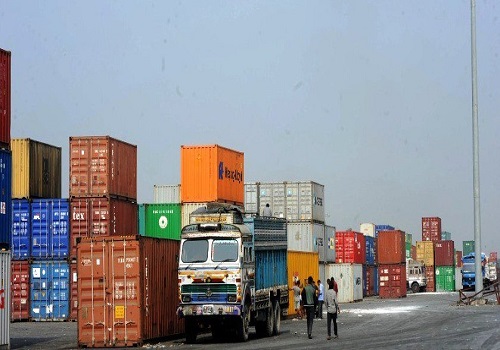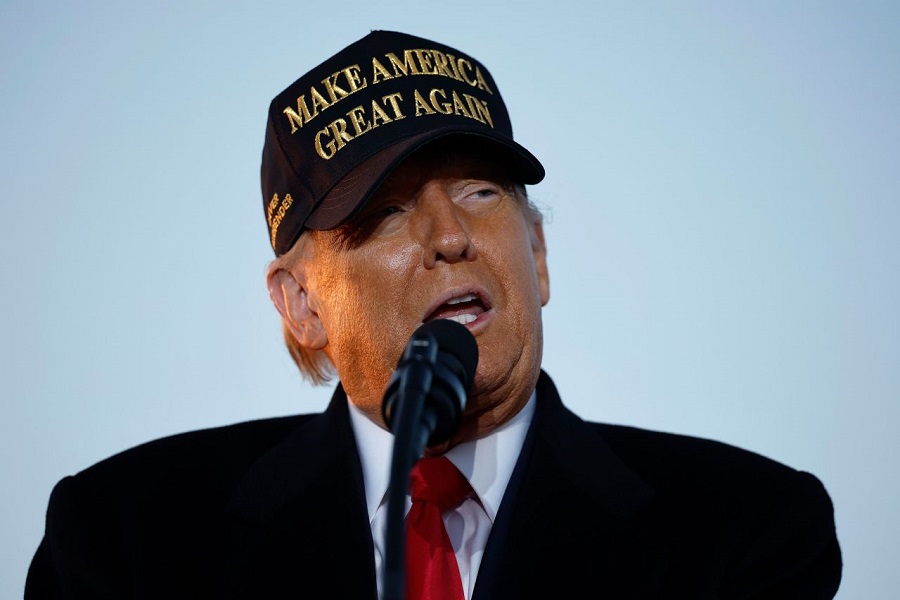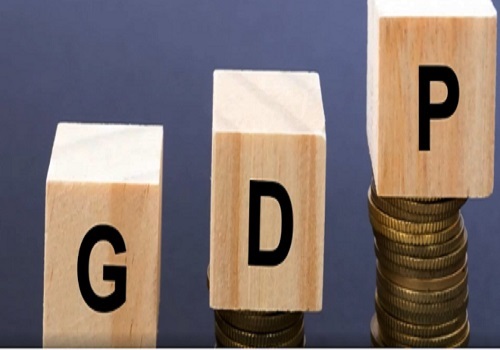China's Exports Slow, Imports Shrink Amid Trade Uncertainties by Amit Gupta, Kedia Advisory

Follow us Now on Telegram ! Get daily 10 - 12 important updates on Business, Finance and Investment. Join our Telegram Channel
China's exports grew 6.7% in November, missing forecasts, while imports unexpectedly fell by 3.9%, signaling growing trade challenges. U.S. President-elect Donald Trump’s pledge to impose new tariffs on Chinese goods and unresolved EU-China disputes over electric vehicle tariffs heighten risks for China’s export-driven economy. Meanwhile, South Korea’s declining exports to China reflect weak demand for components. The trade surplus rose to $97.44 billion, slightly up from October. Chinese government advisors are urging fiscal stimulus to counter the impact of anticipated U.S. tariffs and maintain growth targets. Policymakers are set to meet this week to address these economic challenges and outline priorities for 2025.
Key Highlights
* China's export growth slowed to 6.7% in November, missing forecasts.
* Imports dropped by 3.9%, reflecting weak domestic and external demand.
* U.S.-China tensions rise as Trump promises new tariffs on Chinese goods.
* EU-China trade disputes over EV tariffs further strain economic relations.
* Policymakers aim to boost fiscal stimulus and maintain 5% growth in 2025.
China's export growth slowed to 6.7% in November, falling short of expectations and down from October's robust 12.7% increase. Imports surprised analysts with a 3.9% contraction, against forecasts of a modest 0.3% rise. The trade surplus expanded to $97.44 billion, slightly exceeding the $95.72 billion recorded in October, highlighting the increasing reliance on exports amid weak domestic demand.
The disappointing import figures reflect reduced demand for raw materials and components, with South Korea's exports to China contracting for the first time in eight months. This indicates weaker production activity and a shift in export strategies as Chinese firms stockpile goods overseas in anticipation of recovering global demand.
On the geopolitical front, trade uncertainties loom large. U.S. President-elect Donald Trump's plan to impose additional tariffs on Chinese goods, including a proposed 10% levy targeting fentanyl-related chemicals, adds to the pressure. Simultaneously, disputes with the EU over tariffs of up to 45.3% on electric vehicles are intensifying, threatening a broader trade war.
Amid these challenges, Chinese government advisors are advocating for strong fiscal measures to support the economy and mitigate the impact of new tariffs. They suggest maintaining an economic growth target of 5% for 2025. Policymakers are expected to announce fresh support for local governments and the real estate sector during an upcoming Politburo meeting.
Finally
China faces growing trade challenges with slowing exports and falling imports. Fiscal stimulus and strategic policies will be crucial to sustain growth amid intensifying global trade risks.
Above views are of the author and not of the website kindly read disclaimer










Tag News

Happy 2025: President Droupadi Murmu, PM Narendra Modi extend New Year greetings



More News

Comment on US presidential outcome and its impact on climate change and trade from an India ...










